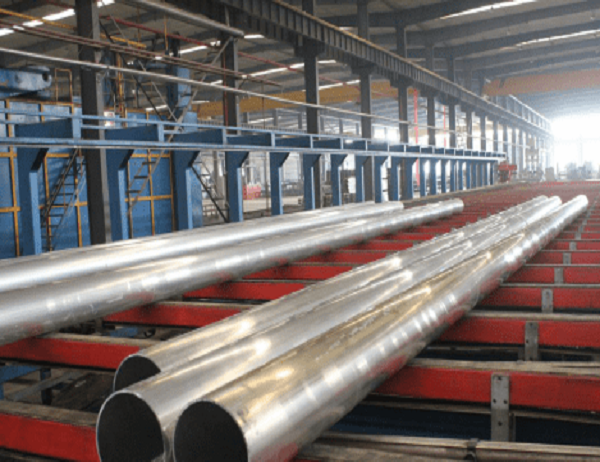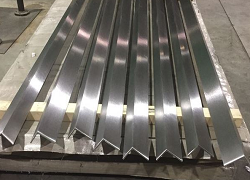Aluminum cabinet profiles, widely used in kitchens and bathrooms, have raised concerns about their environmental impact. Understanding the intricacies of aluminum production, recycling, and end-of-life disposal is crucial for informed decision-making.
Embodied Energy and Greenhouse Gas Emissions
The production of aluminum is energy-intensive, requiring vast amounts of electricity. This electricity, often generated from fossil fuels, contributes to greenhouse gas emissions. Moreover, the mining of bauxite ore, the raw material for aluminum, also has environmental implications, including deforestation and soil degradation.
Resources Depletion
Aluminum is a non-renewable resource, meaning that once extracted from the Earth’s crust, it cannot be replenished. Mining activities can disrupt ecosystems and deplete natural resources, leaving behind abandoned mines that require costly cleanup efforts.
Waste Management
Aluminum cabinet profiles have a long lifespan, potentially lasting decades. However, at the end of their useful life, they become waste that needs to be disposed of. Improper disposal methods, such as landfilling, can contaminate soil and groundwater with heavy metals.
Recycling Potential
Aluminum is highly recyclable, and recycling aluminum profiles can significantly reduce the environmental impact of their production. The recycling process requires less energy than primary production, conserving resources and reducing greenhouse gas emissions. However, the recycling rate of aluminum varies widely geographically, depending on infrastructure and consumer behavior.
Sustainable Alternatives
Recognizing the environmental concerns associated with aluminum, designers and manufacturers are exploring sustainable alternatives. These include:
– Wood-based materials: Sustainable wood products, such as Forest Stewardship Council (FSC)-certified wood, offer a renewable and carbon-sequestering option.
– Composite materials: Combinations of recycled or renewable materials, such as bamboo or recycled plastic, can provide a more environmentally friendly alternative to aluminum.
– Powder coatings: Powder coatings, instead of traditional paint, can reduce volatile organic compound (VOC) emissions and improve air quality.
Conclusion
The environmental impact of aluminum cabinet profiles requires careful consideration. By understanding the embodied energy, resource depletion, waste management, and recycling potential, consumers can make informed decisions about their choices. Sustainable alternatives and responsible disposal practices are crucial for mitigating the environmental impact and preserving our planet’s resources for future generations.



